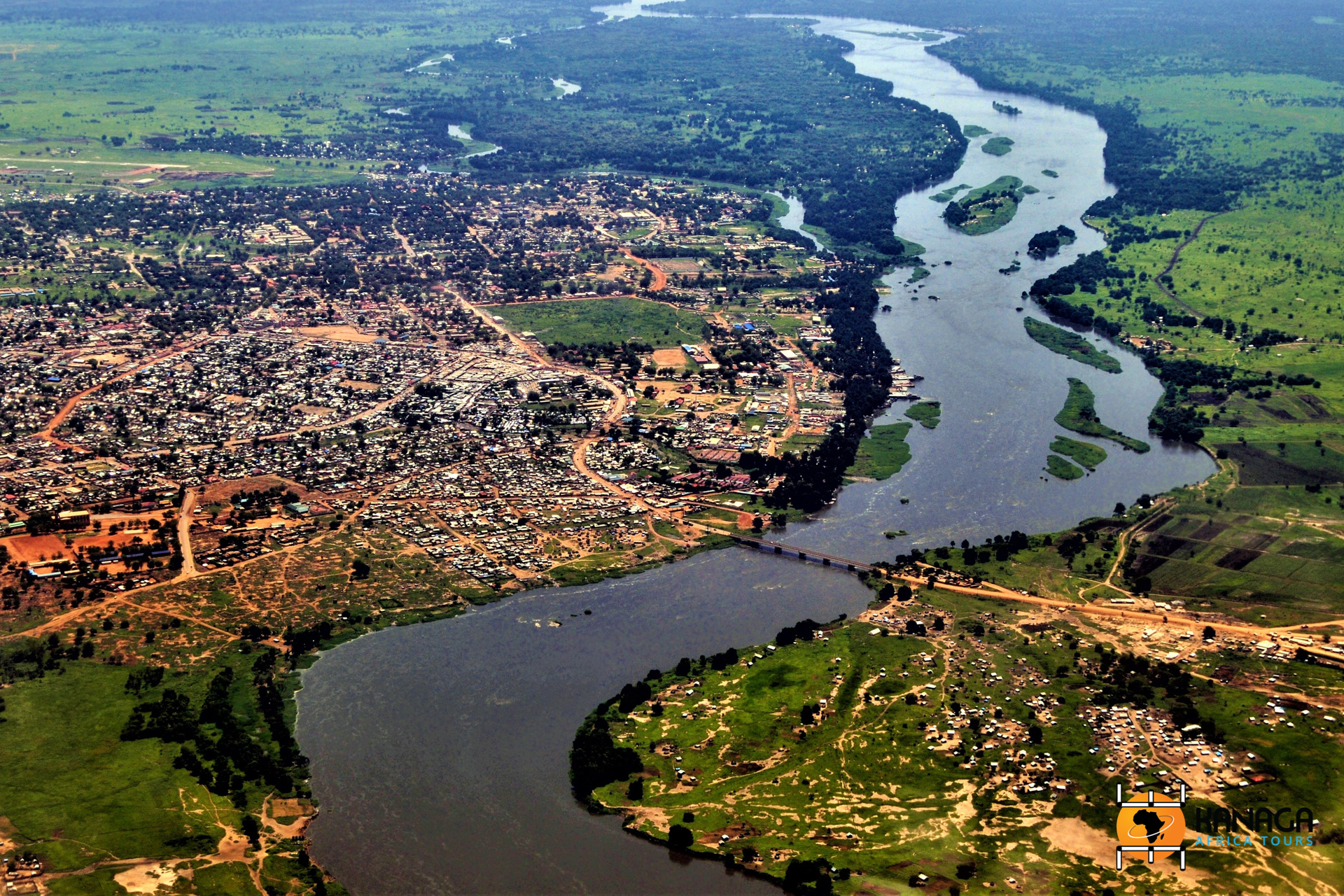Today, South Sudan is the youngest state on the entire African continent, born only in 2011, when, at the end of a difficult two decades of conflict, a referendum was held that decided with 98% of the votes for self-determination and definitive separation from the Islamised Sudan in the north and the government in Khartoum. Juba then became its capital, the last in Africa, which was given the arduous task of administering a newborn country, finally independent, but far from at peace.
While Juba is Africa’s youngest political capital, its foundation as a city is far from recent, with a history dating back to the 19th century. However, at that time, the most important settlement in the historic Equatoria Region was Gondokoro, some ten kilometres further north than Juba, until the latter was chosen as the main southern outpost of Anglo-Egyptian strategic control and base for British scientific expeditions in search of the sources of the Nile, with a brief interlude of Belgian dominance in the early 1900s. This laid the urbanistic foundations for what became in 2005, the capital of the South Sudanese region, under leader John Garang, chosen as a city historically inhabited by the Bari ethnic group, therefore considered neutral in the perennial inter-ethnic conflicts, which then paralysed it, once it became the state capital in 2011, due to the war for power between the main Dinka group, to which the current president belongs, and the Nuer people, the second most populous ethnic group of the country.
The capital, today home to a population of around 560.000 inhabitants, does not present any great architectural or monumental attractions, apart from a few places of Christian worship and a few colonial-era relics, but its interest is concentrated more in the colourful atmospheres of everyday life, especially around the bustling district markets, of which Konyo Konyo is the main one, the nerve centre of the commercial and social life of the entire country, and as a city-symbol of a contemporary African culture in the making, net of its contradictions with the archaic and very poor realities of the surrounding rural areas, of the problems that ensue, but also of the great potential, of a state whose cohesion and future are still to be built. Without forgetting the magnificent natural scenery it overlooks, on the banks of the White Nile, which have always oriented and conditioned its urban and economic development, and which in itself is undoubtedly worth a stop in the city, to contemplate its river landscapes, lit by the light of sunset.
Juba should therefore be visited, not only because it is an obligatory stop on the way to discovering a mosaic of rural peoples of Central Equatoria, among the poorest in the world and among the richest in ancestral traditions and identities, still free from the cultural contaminations and flattenings of an increasingly globalised world, but above all because in some ways represents better than any other African capital the post-colonial path of the continent, with its perennial internal conflicts and international interests, its contradictions, but also its constant becoming, its potential in bloom that is just waiting to leave the embryo in which it is trapped, despite itself.





